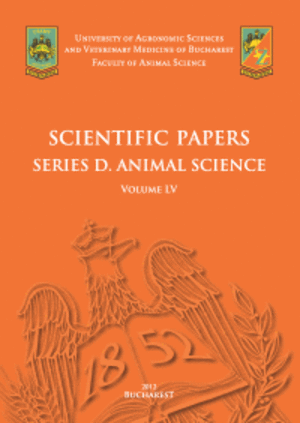Published in Scientific Papers. Series B, Horticulture, Vol. LXVIV, Issue 1
Written by Ghiţă Cristian CRAINIC, Florin Lucian COVACI
The stands resulting from the transformation of silvopastoral systems present a series of specific structural, qualitative and synthesis characteristics. The structure of these stands is influenced by the species, their regeneration method and the time in which the massif state was achieved. The case study was carried out within the Codrii Cămării Forest District in Dobreşti, Bihor County, and has as its objectives the silvotechnical analysis and diagnosis of the stand formed by the transformation of a silvopastoral system. From the analysis of the horizontal, vertical and three-dimensional profiles made on the experimental samples in the studied stand, a series of differences are found between the base diameter, the base area, the total height, the pruned height and the crown diameter, for the analyzed trees. In some portions of the stand, the consistency index k varies in the range of 0.6 - 0.8, an aspect that negatively influences its growth and development process. Consequently, for the sustainable management of these stands with a specific structure, a series of works related to both mixed regenerations and young stands are necessary.
[Read full article] [Citation]




